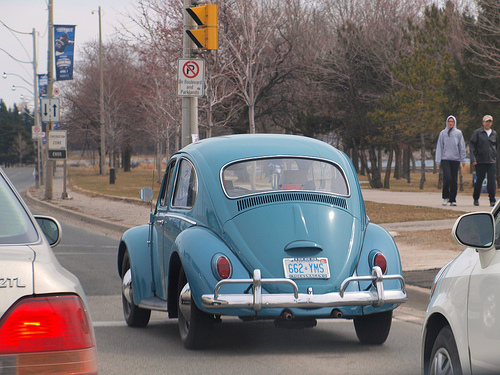As a federal state, Canadian driving licenses are issues on a province by province basis, meaning that the requirements to get a license have slight variations in each place. Once you have your license, however, you can drive anywhere within Canada, and whilst foreign drivers can usually hire a car with their domestic license, if you are a permanent resident, you will need to take and pass the Canadian driving test to get a full license.
Starting Off
Throughout Canada, the youngest age at which you can get a license is 16. In order to get your license, you will need to pass a ‘knowledge test’, as well as a vision test. Usually, after passing the knowledge and eyesight requirements, you will get a Learner’s license, which will last two years before you need to reapply. This license will allow you to drive with a supervisor (i.e. take driving lessons), as well as a few different restrictions that vary from province to province. During this time you will be able to take lessons, and learn about how the rules of the road operate.

Class 7
After you have spent 12 months with your learner’s license, you will be able to take the Class 7 road test, which is the test for those who want to drive a car (i.e. not a bus, or a large vehicle). You can book this at your local test centre, and it is best to wait until your instructor thinks you are ready. If you pass this, you will be granted your Novice license, and you will have to display ‘N’ plates for two years, although you will be qualified to drive during this time.
Class 5
After two years as a novice, you can take your Class 5 road test, which will then allow you to lose the ‘N’ plates, and drive as a fully qualified driver. After this, you will be able to drive on your current license; although the differing laws on the upper age limit vary from province to province (no state has an upper cut-off limit, although some recommend retests when you reach a certain age).
Once you have passed your test, it is important to keep your car in good shape. Make sure that you get a regular service for your engine, and ensure that you check for chips and cracks in your windshield. Generally, auto glass replacement is better sooner rather than later, as a small crack is cheaper to fill or fix than a large one.
Catherine Halsey writes for a digital marketing agency on a range of subjects. This article links back to http://www.speedyglass.ca/Windshield-replacement.4106.0.html

